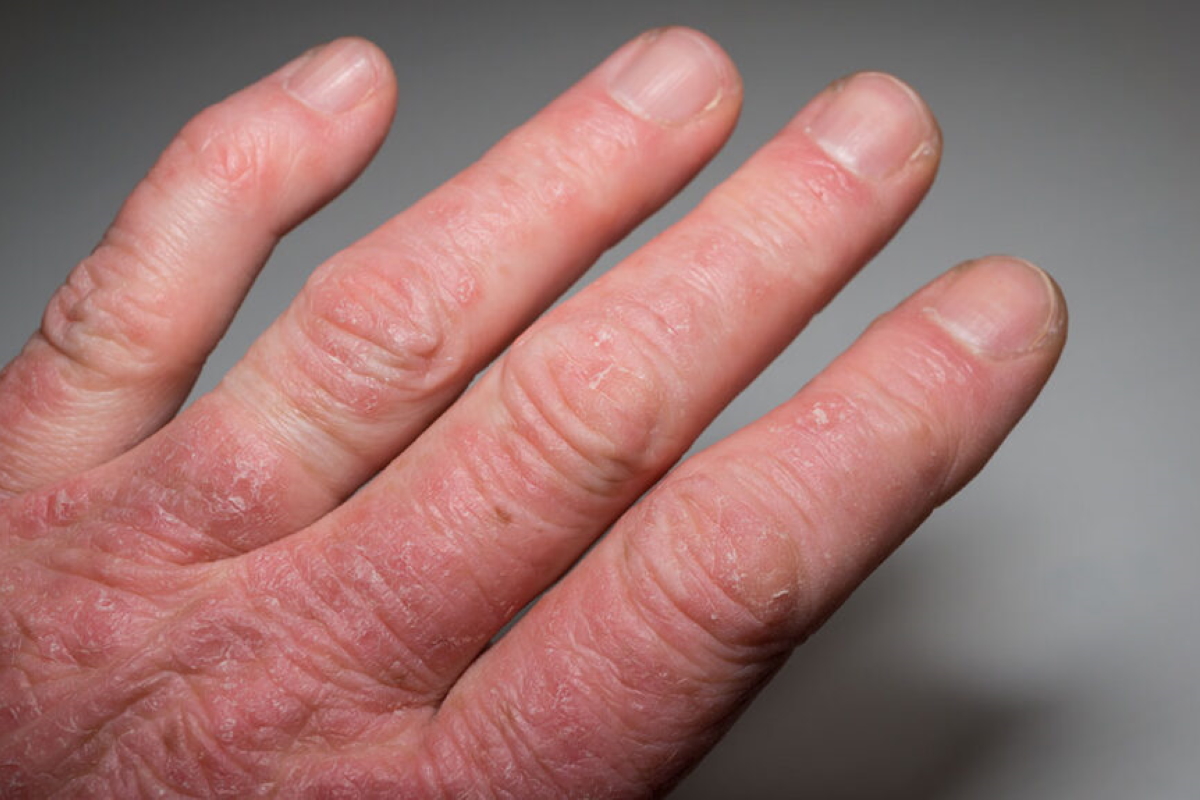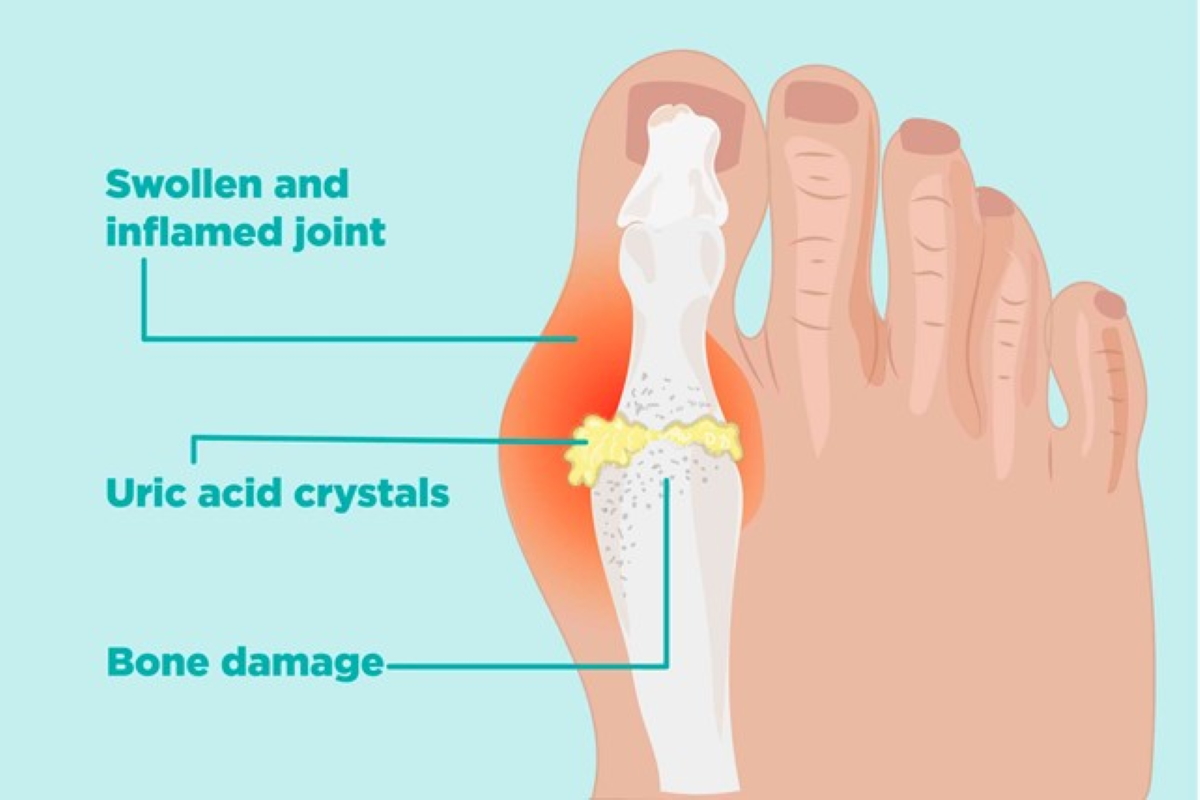Spondyloarthritis
Spondyloarthritis is an inflammatory arthritis affecting the spine. It may also affect other joints like the arm and leg as well as intestine and eyes. It is found in young people males in the teens and early 20s. There is a strong family history associated with the HLA B-27 gene where the condition is called Ankylosing Spondylitis (AS).
Symptoms
- Low back pain
- Stiff spine with limited mobility
- Gut symptoms like change in bowel habit (not so common)
- Eye pain and redness called iritis (not so common)
Click to view John Hopkins Rheumatology video on AS Treatment
Treatment
Patients should get physical therapy and perform joint directed exercises to promote spinal extension and mobility. Treatment with medication is only required when there is active disease.
1. Choice of Medications
A. Non-Steroid Anti-Inflammatory Drugs (NSAID) (to help control pain and reduce inflammation)
Naproxen, Ibuprofen, Nurofen, Meloxicam
B. Disease Modifying Anti-Rheumatic Drugs (DMARD) (to reduce immune system attack)
Methotrexate or Sulphasalazine
C. Biologics (to reduce the immune system attack by targeting specific immune cells)
Influximab (Remicade), Etanercept (Enbrel), Adalimumab (Humira), Certolizumab (Cimzia), Golimumab (Simponi) as well as Secukinumab (Cosentyx)
2. Steroid Joint Injection
Joint injections may be required for localised joint pain and swelling
3. Regular exercise regime
Patients should get regular physical therapy and perform joint directed exercises to promote spinal extension and mobility.
Monitoring Your AS
Your doctor will use DMARDs to reduce the active inflammatory process so that your spine can be protected from permanent damage. It is VERY IMPORTANT that you adhere to your doctor’s instructions because every patient will have different combinations of medication because of the varying degrees of disease presentation and tolerance to the side effects.
As your disease may fluctuate from time to time, it is also NORMAL for your doctor to change the strength of the medication or change the combination of your medicine.
Remember to keep your follow-up appointments and do your blood tests regularly to help keep your disease in remission
Disclaimer. TELEME blog posts contains general information about health conditions and treatments. It is not intended to be a substitute for professional medical advice, diagnosis or treatment. The information is not advice and should not be treated as such.
If you think you may be suffering from any medical condition, you should seek immediate medical attention from your doctor or other professional healthcare providers. You should never delay seeking medical advice, disregard medical advice, or discontinue medical treatment because of information on this website.








